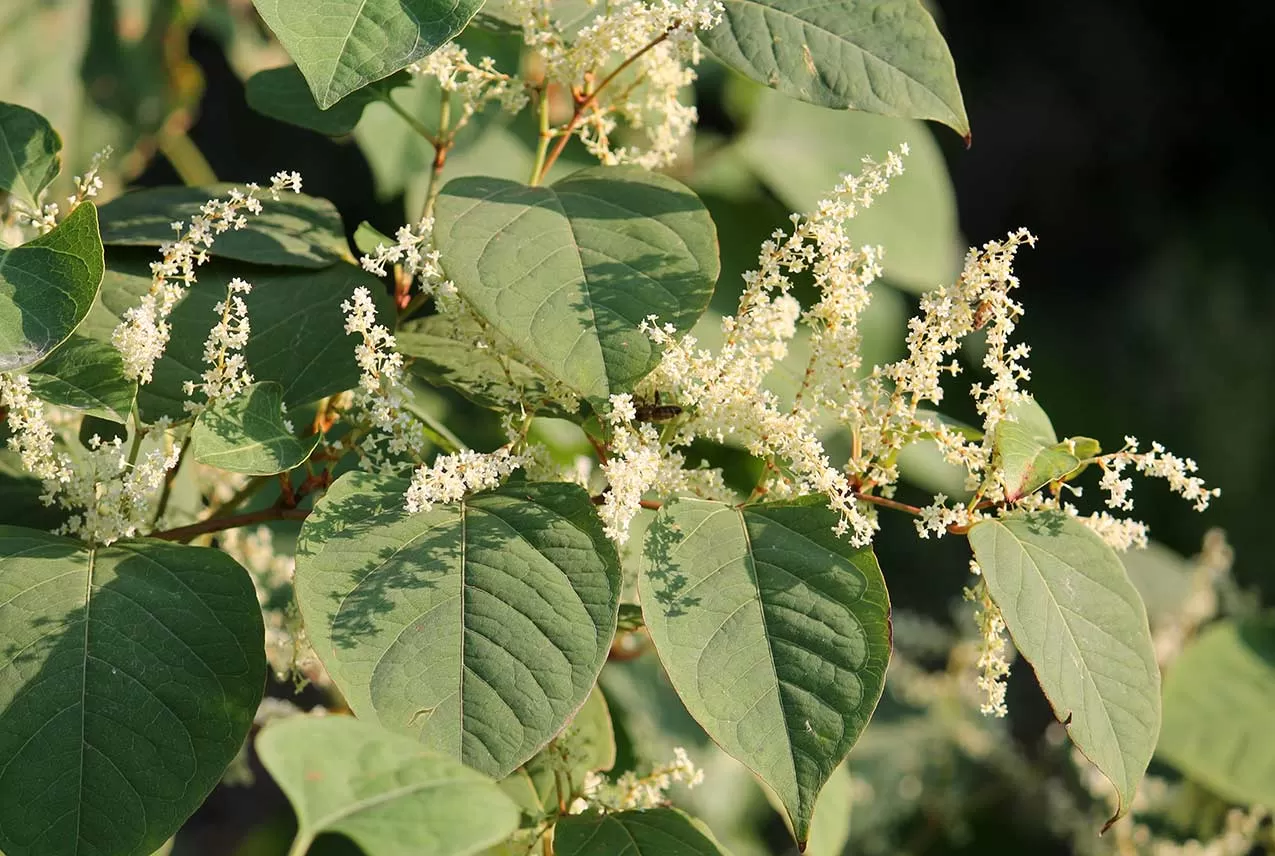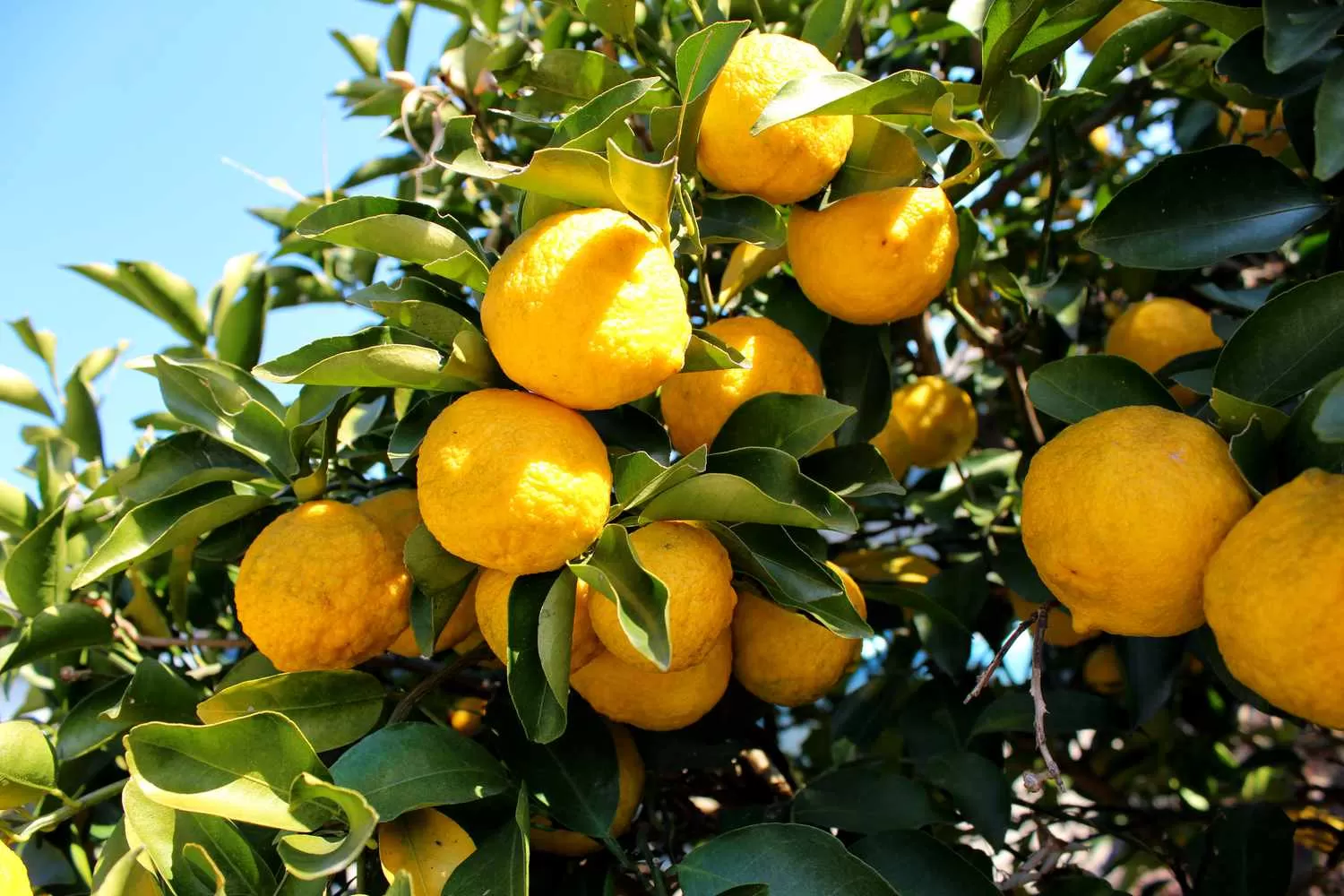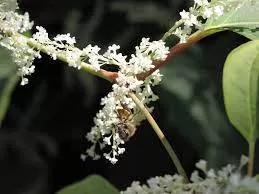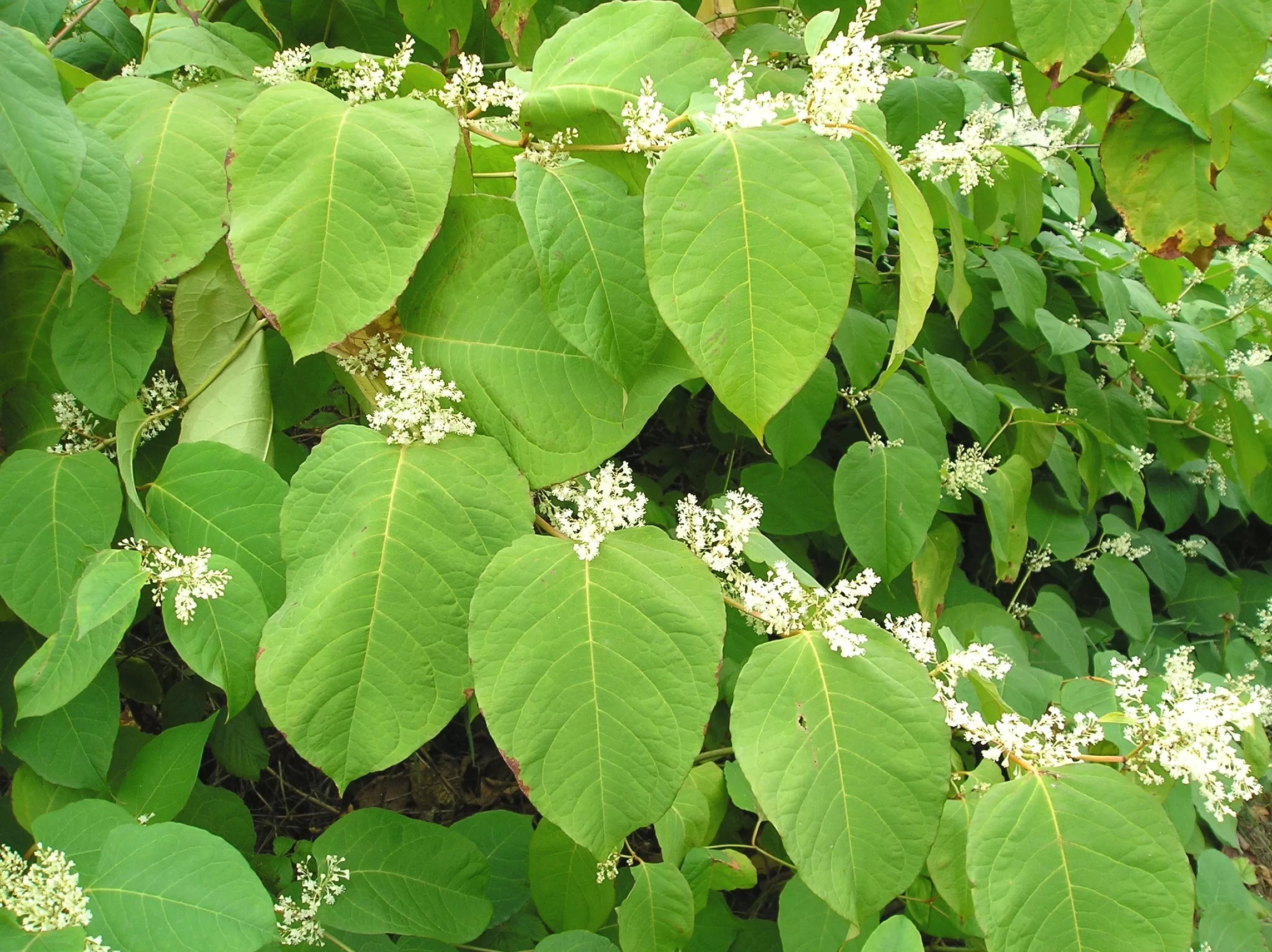- 0086-571-85302990
- sales@greenskybio.com
What foods are high in resveratrol?
2025-05-27
Resveratrol is a polyphenolic compound that has gained significant attention due to its promising health benefits and presence in various foods. Known for its antioxidant, anti-inflammatory, and anti-aging properties, resveratrol has become a focus of numerous studies related to cardiovascular health, cancer prevention, and longevity. Found naturally in certain plants, resveratrol helps defend against fungal infections and environmental stresses. It is becoming increasingly important in nutraceutical and functional food discussions. Understanding which foods are high in resveratrol can help individuals incorporate this beneficial compound into their diets effectively.
The Health Benefits of Resveratrol
Before delving into which foods contain the highest levels of resveratrol, it's important to understand why this compound is valued. Several studies suggest that resveratrol can contribute to maintaining cardiovascular health, aid in cancer prevention by inhibiting the spread of cancer cells, and protect against Alzheimer's disease by crossing the blood-brain barrier and reducing oxidative stress. Additionally, resveratrol has garnered attention for its potential role in activating sirtuins, proteins linked to extending lifespan and mimicking the effects of calorie restriction.
Foods High in Resveratrol
Resveratrol is most commonly associated with grapes and red wine, but there are several other dietary sources that can help increase its consumption.
Grapes and Red Wine
The most well-known sources of resveratrol are grapes, particularly the skins of red and purple varieties. Because the fermentation process used to produce red wine involves prolonged contact with grape skins, red wine contains higher concentrations of resveratrol compared to white wine. The "French Paradox," the observation of low heart disease rates among French people despite high dietary fat consumption, is often attributed to moderate red wine consumption rich in resveratrol.
Peanuts
Peanuts are another significant source of resveratrol. They provide an accessible and convenient way to incorporate this compound into the diet. Both roasted and boiled peanuts have resveratrol, though boiled varieties may have slightly higher concentrations. Peanut butter, a popular snack, also contains resveratrol, making it a viable option for those seeking to boost their intake.
Berries
Certain berries, such as blueberries, cranberries, and mulberries, are rich in resveratrol and offer additional health benefits due to their high antioxidant content. Berries are a versatile food that can be added to smoothies, cereals, and desserts, providing a delicious way to consume resveratrol and other nutrients like vitamin C and fiber.
Japanese Knotweed
Japanese knotweed (Polygonum cuspidatum) is especially high in resveratrol and is commonly used in supplements. Although not typically consumed as a food, its extract is widely available and used for dietary supplements that aim to provide concentrated doses of resveratrol. It is often preferred by those looking to maximize their intake without consuming large amounts of wine or food.
Dark Chocolate and Cocoa
Dark chocolate and cocoa products also contain resveratrol. The compound is present in the cocoa mass used in chocolate production. Dark chocolate with higher cocoa content generally contains more resveratrol than milk chocolate. In moderation, dark chocolate provides a sweet treat that also offers potential heart health benefits.
Integrating Resveratrol-Rich Foods Into Your Diet
While resveratrol-containing foods offer many potential health benefits, it is important to consume them as part of a balanced diet. Here are a few ways to incorporate these foods into your daily meals:
1. Daily Snacks: Snack on a handful of peanuts or a mix of berries. They are portable, easy to store, and provide a refreshing, nutritious boost.
2. Salads and Dressings: Add grapes or berries to salads for added flavor and a dose of resveratrol. These colorful additions not only enhance taste but also improve the nutritional profile of your meal.
3. Desserts and Baking: Use dark chocolate in baking recipes, or include it as a small indulgence after meals. Berries can also be used as toppings for yogurt or desserts.
4. Smoothies: Blend berries with yogurt or milk to create a nutrient-rich smoothie. This is an excellent way to consume multiple servings of resveratrol-rich fruits in a single meal.
5. Cooking with Wine: Cooking with red wine can infuse dishes with flavor while also incorporating resveratrol into your diet. Choose recipes like stews or sauces that utilize wine in their preparation.
The Future of Resveratrol in Nutrition
Research into resveratrol is ongoing, with scientists exploring its full range of benefits and mechanisms. Its well-documented cardiovascular benefits and potential anti-aging effects continue to make it a subject of significant interest. Advances in agricultural methods and food technology may enhance the resveratrol content in foods, increasing its availability and impact.
While the potential of resveratrol to promote health is promising, more research is needed to fully understand its effects and optimal intake levels. Consumers should aim for a varied and balanced diet to enjoy the benefits of resveratrol alongside other essential nutrients.
In conclusion, resveratrol is an influential compound with a range of potential health benefits. By incorporating foods high in resveratrol such as grapes, red wine, peanuts, and berries, individuals can take positive steps toward a healthier diet that leverages the power of natural compounds. As scientific understanding continues to evolve, resveratrol remains a key ingredient in the quest for improved well-being and longevity.
-
Is Resveratrol Anti-Aging?
2025-05-27
-
Is resveratrol safe for the liver?
2025-05-27
-
Does Coffee Contain Resveratrol?
2025-05-27














